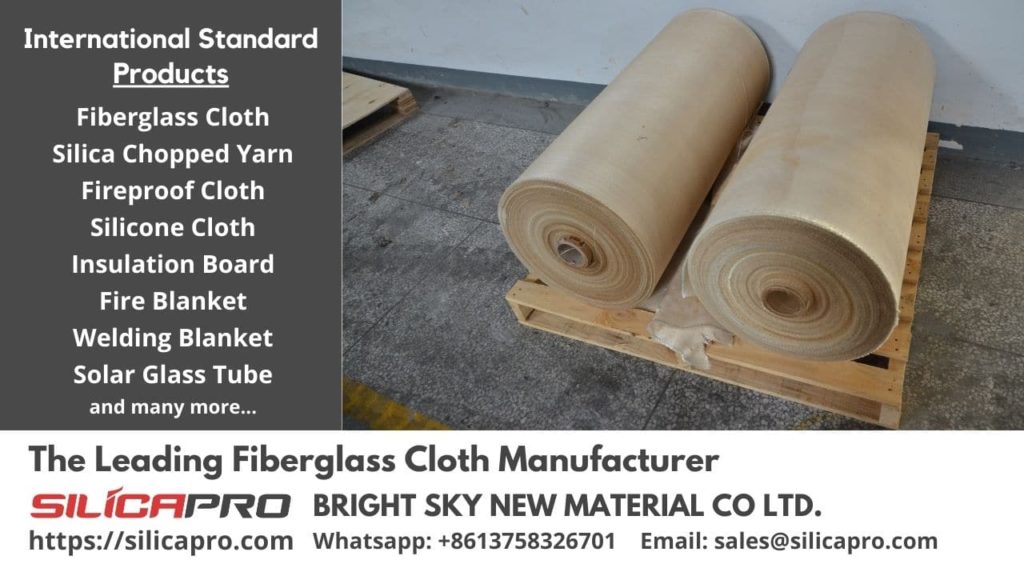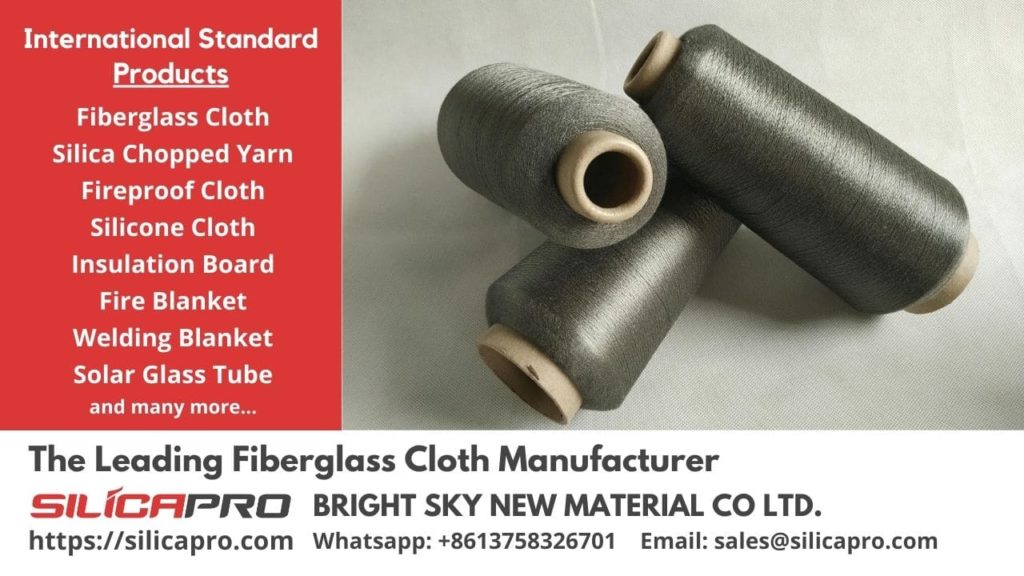
You can choose several materials when you want to do home insulation. If all this time you only know fiberglass, then actually other materials can also be relied on to insulate buildings. Among the materials commonly used are cellulose and spray foam. So, how do you choose the most suitable insulation material for your needs?
First, let’s find out the benefits of home insulation. This agenda will, of course, cost a hefty amount of money. Even the installation practice may have to go through a complex process, although experts will do it easily. But building insulation is a long-term investment. You will save energy consumption costs significantly. You don’t even have to rely on electronics anymore to stabilize the room temperature.
So, what is the best material for home insulation? Let’s look at the following description to get the answer.
Contents
Types of Home Insulation
There are at least three materials that are commonly relied upon to insulate buildings or dwellings. They are foam, cellulose, and fiberglass. Each material has advantages and disadvantages, as well as varying levels of R-value. The quality of these materials is also determined by who produces them. Let’s elaborate further on the three materials commonly used to insulate homes:
Injection Foam
Cellulose
The next material that is quite popular is cellulose. The composition of this material is about 80 percent recycled paper fibers mixed with boric acid or ammonium sulfate to retard fire. Just like spray foam, how to apply cellulose for home insulation must use a special spray tool so that it can be applied to walls or attics.
But there are also other ways to attach cellulose with the loose-fill technique. Walls or attics that are unfinished or have voids can be quickly covered with cellulose and then leveled to give a neat appearance. You must involve a professional in spraying and installing thermal insulation using cellulose.
Fiberglass
Unlike the previous material, fiberglass for home insulation can be obtained in roll and batt forms. Fiberglass is a mixture of plastic and glass fibers mixed to form a very strong and fire-resistant material. The installation method is relatively easy and there is no need to always rely on a professional handyman.
You can adjust the size of the fiberglass to the walls and roof so that the entire surface is tightly covered. Its practical nature and more affordable cost make many people use fiberglass to insulate buildings and other property assets.

How Home Insulation Works for Energy Saving
Installation of home insulation with any material has its advantages and disadvantages. But all of them have the same goal, which is to save energy effectively, so you no longer need to depend on air conditioners, fans, or room heaters. You don’t even have to worry about leaving the house for a few days in winter. Properly installed thermal insulation will keep the room temperature stable and prevent your home’s drains from freezing.
Based on research, energy savings from fiberglass-mounted houses is quite high, which is around 70 percent. You no longer need to worry about inflated electricity bills because the use of home insulation allows you to get a stable room temperature naturally. On the other hand, the installation of fiberglass or other materials is also effective in protecting the house from fire hazards and can reduce noise and noise from outside.
The Best Place to Get High-Quality Home Insulation Services
Good home insulation depends on who you work with. That is, when you buy insulation material from the best manufacturer, you are most likely satisfied with the results of the insulation and its durability. For this reason, being selective in choosing suppliers is the main key to good home insulation.
As the best recommendation, you can cooperate with Bright Sky New Material Co Ltd. or Silicapro in the procurement of high-quality thermal insulation materials. Our company relies on fiberglass material to make it easier for you in the most practical installation process.
